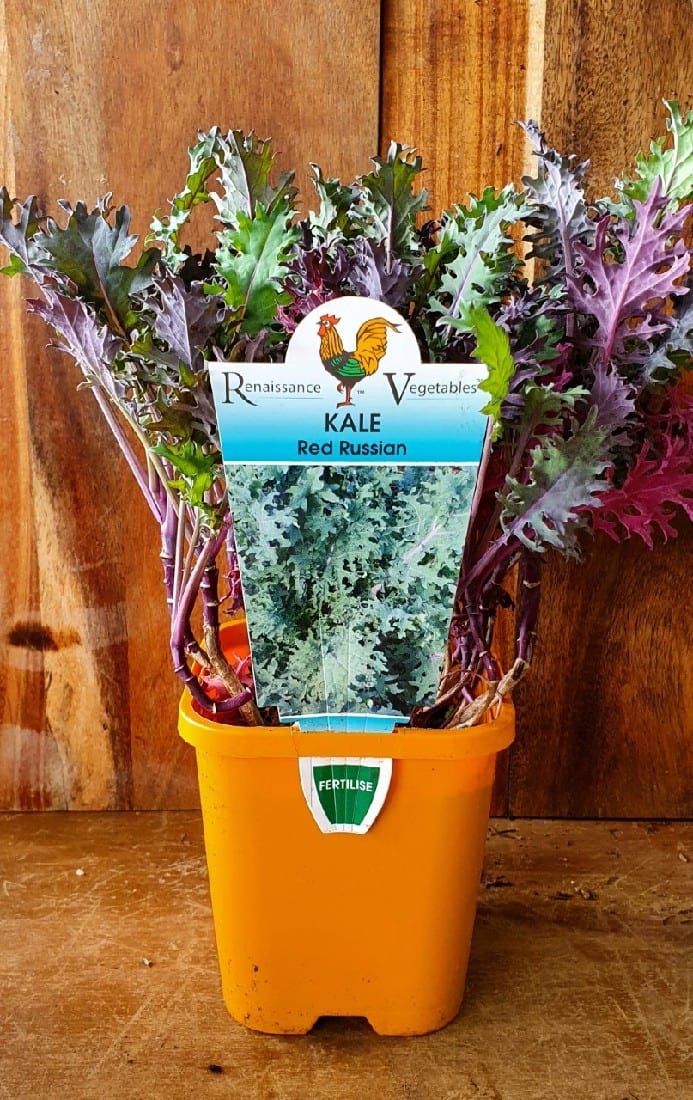

6-10 weeks before the first frost in fall: transplant seedlings into a plastic tunnel or cold frame.The first two leaves that many vegetable seedling put forth are called cotyledons ( seed leaves), which do not pattern themselves after the leaves of the mature plant.8-10 weeks before the first frost in fall: transplant seedlings into the garden.12-14 weeks before the first frost in fall: start seed indoors.2 weeks before the last frost in spring direct sow in the garden the minimum soil temperature should be 45☏.2-4 weeks before the last frost in spring: transplant seedlings into the garden.4-6 weeks before the last frost in spring: start seed indoors for transplant out later.Interplanting: Interplant kale with beets, leaf lettuce, onions, spinach, and Swiss chard.Ĭontainer Growing Kale: Grow kale in a container a minimum of 8 inches (20 cm) wide and deep. Aphids and flea beetles can attack kale.Fertilize with an organic fertilizer such as fish emulsion at half strength.Make successive sowings every few weeks for an extended harvest.

Avoid planting kale where cabbage, broccoli, Brussels sprouts, or cabbage family crops have recently grown.Kale planted in the fall can winter over under straw and will begin growing again early in spring.Kale can tolerate light frosts in the spring and freezes in the fall.Kale grows best when daytime temperatures are in the 60s°.Add aged compost to planting beds in advance of sowing compost will feed the soil and aid moisture retention.Keep the soil evenly moist until seeds germinate then keep the soil moist until seedlings are well established once plants are established mulch with straw to keep the roots cool and moist.If sowing seed in summer for fall harvest, place the seed in a folded damp paper towel placed in a plastic bag, and kept in the refrigerator for 5 days before sowing.Seed germinates in 5 to 7 days at or near 70☏ (21☌) sometimes seed can take up to 2 weeks to germinate if the soil is cold.Kale prefers a soil pH between 6.0 and 7.0.
RED RUSSIAN KALE SEEDLINGS FULL

Kale reaches maturity 55 to 65 days after sowing, but you can start harvesting as soon as leaves are edible size. Kale is a heavy feeder and needs medium to high amounts of potassium. Good Products for Growing Kale at Amazon: Light sandy soil and heavy clay soil can adversely affect leaf flavor. Kale thrives in loamy soil with some aged compost or aged manure added. Transplants can be set in the garden 5 weeks before to 2 weeks after the last frost. Start transplants 6 to 8 weeks before setting out in the garden. Sow kale seeds in the garden 4 to 6 weeks before the last frost. Kale tastes especially good after it has been touched by frost. It can be grown in early spring and in mid to late autumn.


 0 kommentar(er)
0 kommentar(er)
